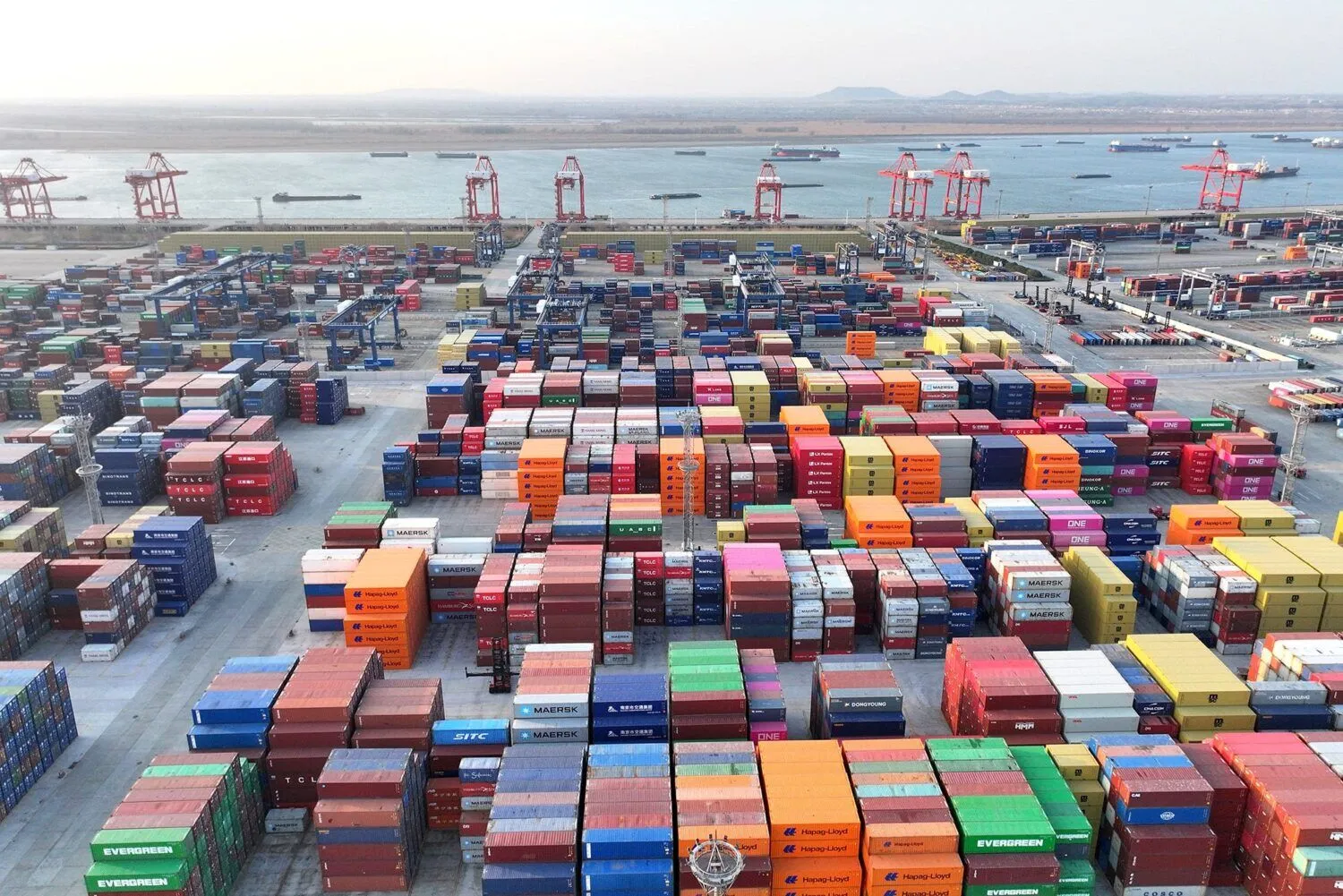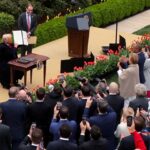China has vowed to hit back after President Donald Trump announced major new tariffs on its exports to the United States as part of his radical overhaul of a century of American global trade policy.
Trump unveiled 54% tariffs on all Chinese imports into the US Wednesday, in a move poised to push a major reset of relations and escalate a trade war between the world’s two largest economies.
“China firmly opposes this and will resolutely take countermeasures to safeguard its own rights and interests,” China’s Ministry of Commerce said in a statement Thursday morning.
The ministry slammed the move that stands as a centerpiece in Trump’s effort to reshape the rules of international trade as “typical unilateral bullying practice,” while urging the US to cancel the tariffs and “properly resolve differences with its trading partners through equal dialogue.”
“The United States has drawn the so-called ‘reciprocal tariffs’ based on subjective and unilateral assessments, which is inconsistent with international trade rules and seriously damages the legitimate rights and interests of relevant parties,” the statement said.
Trump’s announcement Wednesday adds 34% so-called “reciprocal” tariffs to existing 20% duties on all Chinese imports to the US. Since returning to power in January, Trump had already levied two tranches of 10% additional duties on all Chinese imports, which the White House said was necessary to stem the flow of illicit fentanyl from the country to the US.
Trump separately announced an additional 10% duties on all imports to the US and a host of country-specific measures that hit Asian countries particularly hard – rattlling markets and businesses across the world.
Ben Schwall, whose supply chain management firm STG Consultants advises companies on their China and Asia strategies, told CNN that industrial supply chains couldn’t keep up with “snap-of-the-finger” policy changes.
“I just wish we had longer vision to know what’s going to happen, what the real plan is,” he said.
All the cards have gone flying’
The 54% minimum tariffs that Trump imposed on China are higher than what many analysts had expected and could fundamentally reshape relations – and roughly half a trillion in trade – between the two economies after decades of interdependence.
The challenges are multifold for businesses with supply chains rooted in China, which are now left scrambling as they face not only the unexpectedly high US levies on Chinese imports, but also on other Asian countries.
To skirt existing tariffs, some Chinese and multinational companies have shifted production to other parts of Asia. But Trump’s new tariffs on other Asian nations announced Wednesday will hurt China, too: Vietnam faces levies of 46% and Cambodian goods will be tariffed at 49%.
Schwall said he had worked like a “madman” for the past six months to help clients devise plans to move supply chains out of China, on the assumption that this aligned with the White House’s goals.
But Trump’s immensely high new tariffs on South and Southeast Asian countries like Vietnam and Cambodia, where many companies have shifted at least some of their production from China, had changed the whole calculation, he said.
“Now it’s like someone just flipped over the table. All the cards have gone flying, and I don’t know what to do,” he said, lamenting quickfire US policy changes that make it difficult to plan ahead. “Everyone’s going to just stay in China or move back to China, so really the winner in all of this is China.”
Beijing responded to those levies swiftly, but moderately, imposing retaliatory tariffs on a range of US imports including agricultural products and fuel, while taking action against certain American firms and ramping up export controls.
“I have great respect for President Xi (Jinping) of China, great respect for China, but they were taking tremendous advantage of us,” Trump said during his roughly hour-long address in the White House’s Rose Garden on Wednesday. “They understand exactly what’s happening and … they’re going to fight.”







